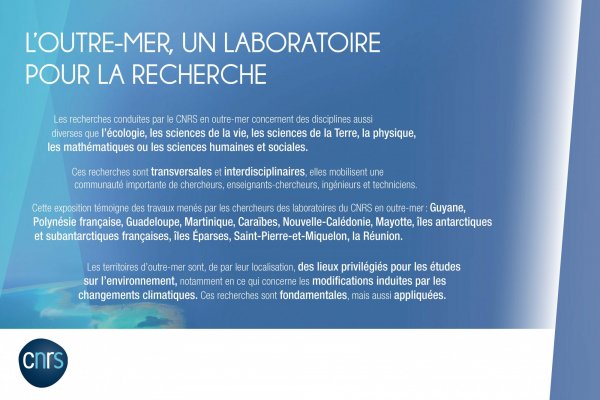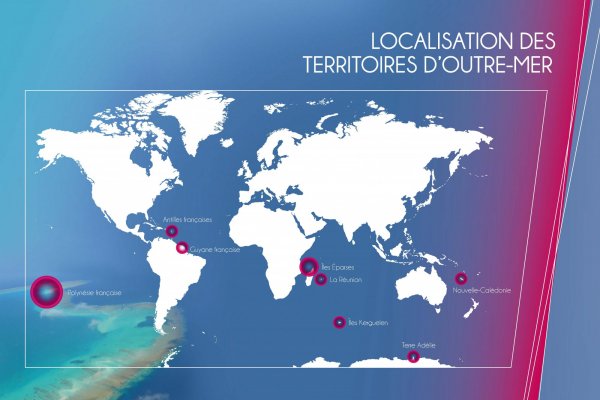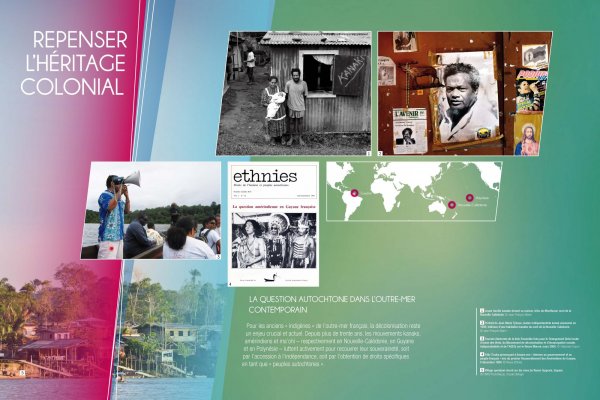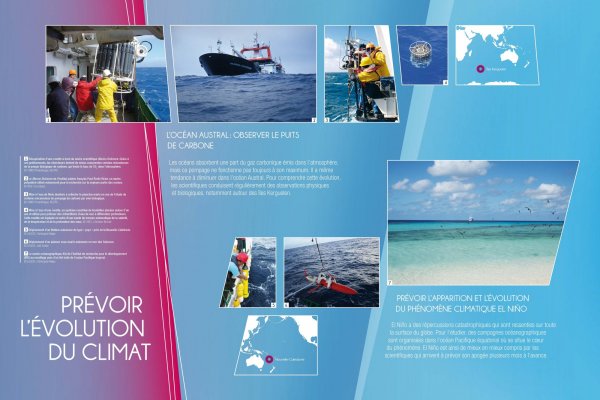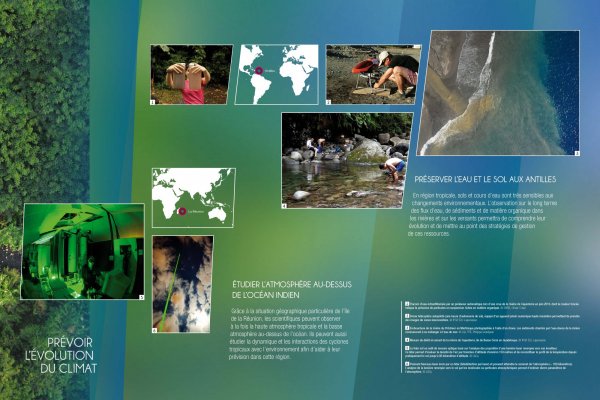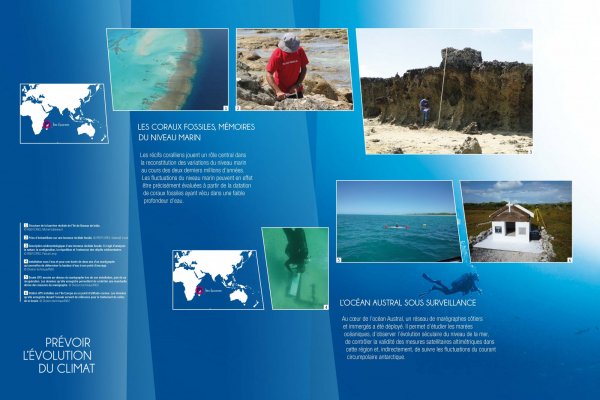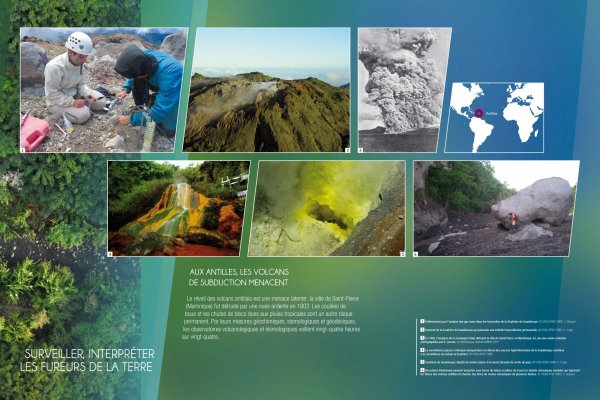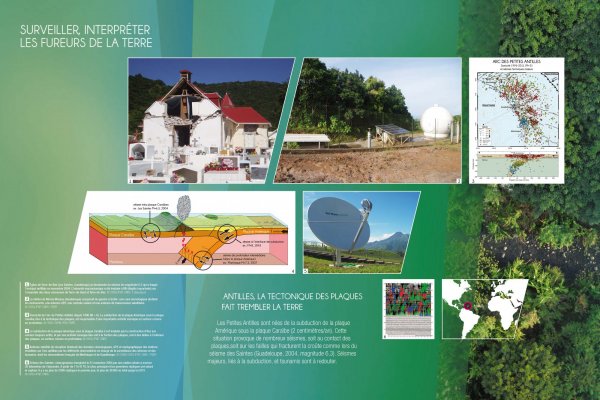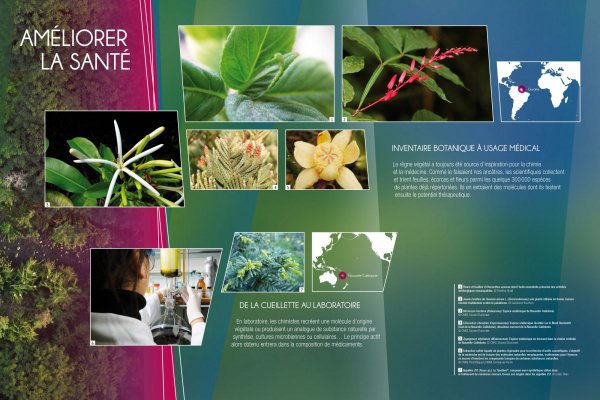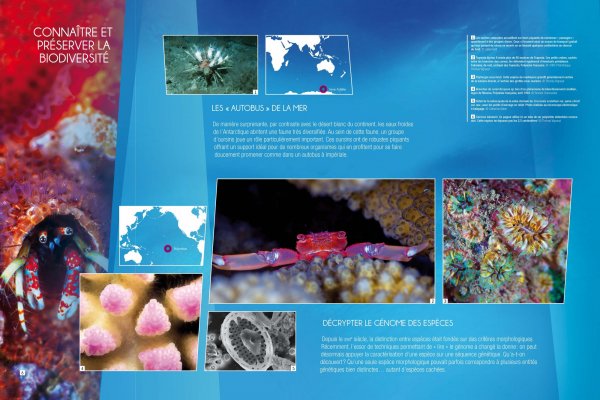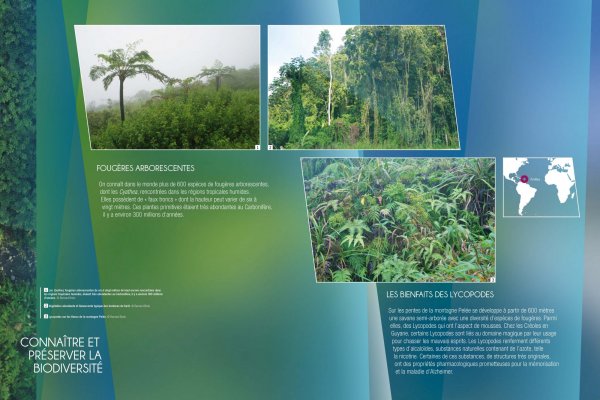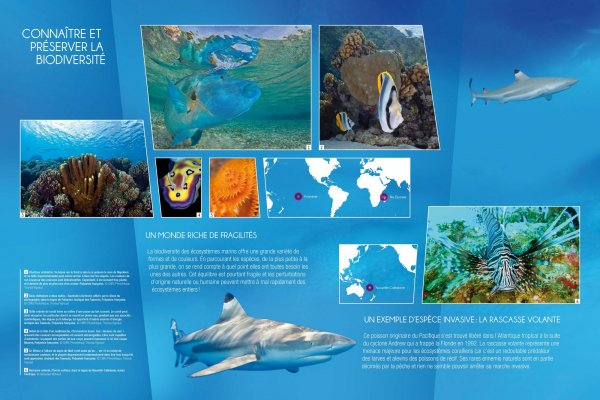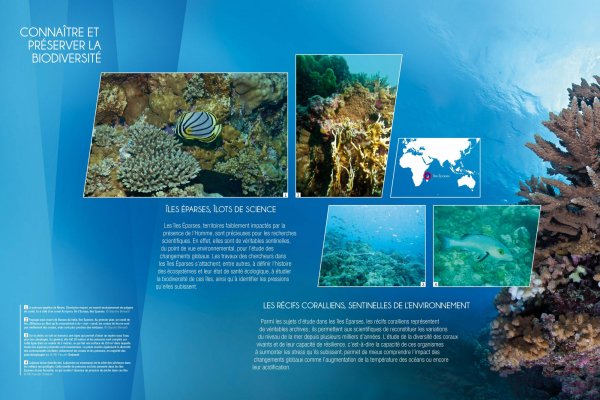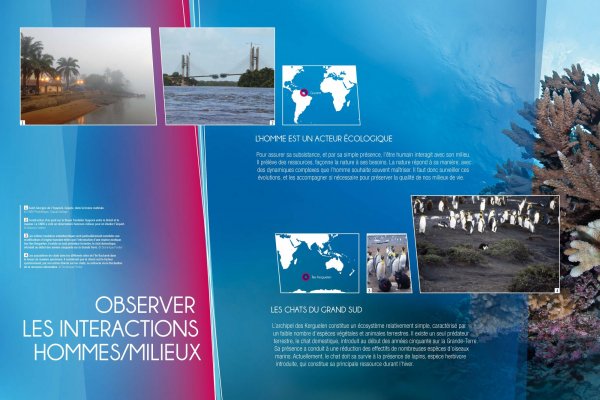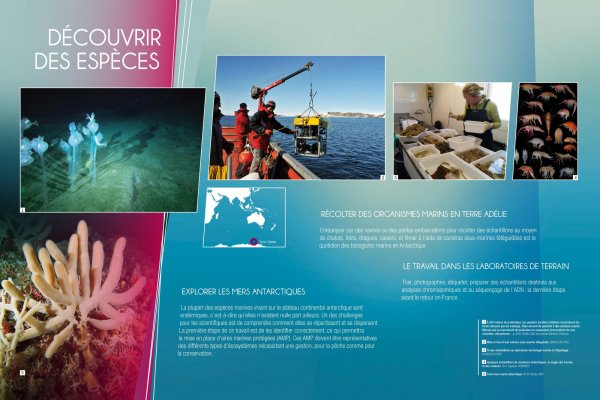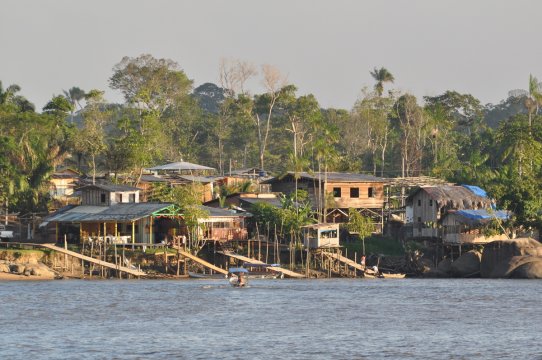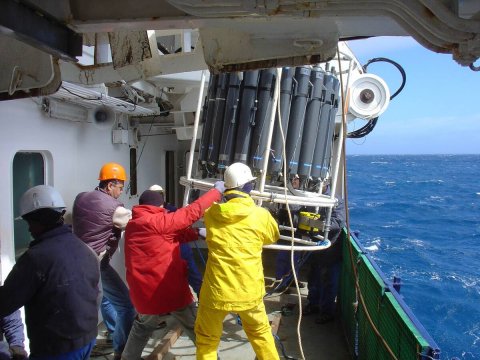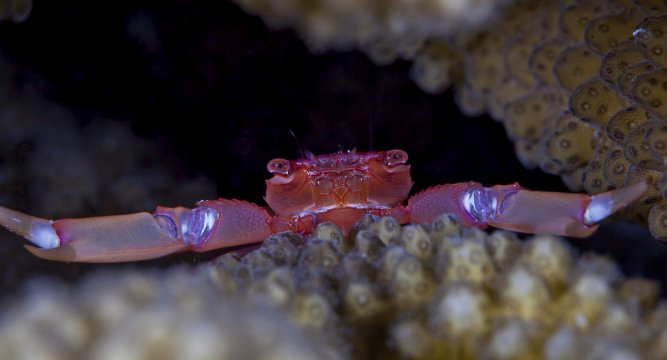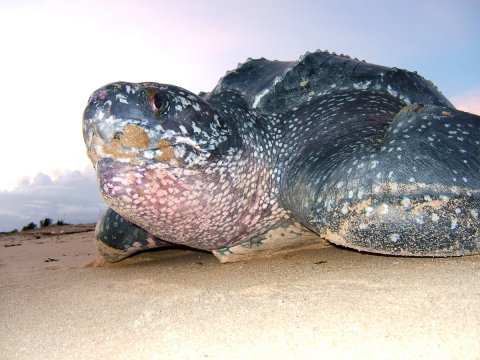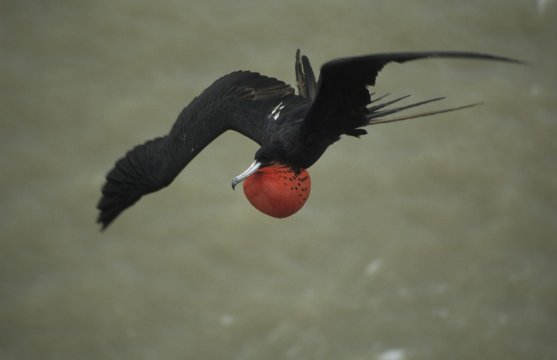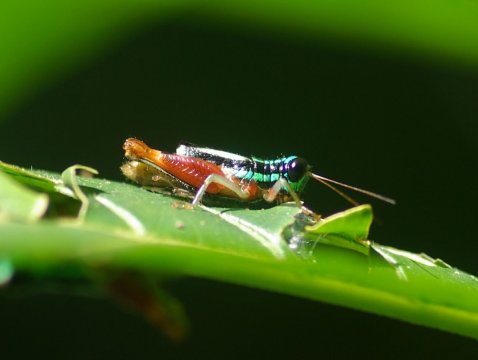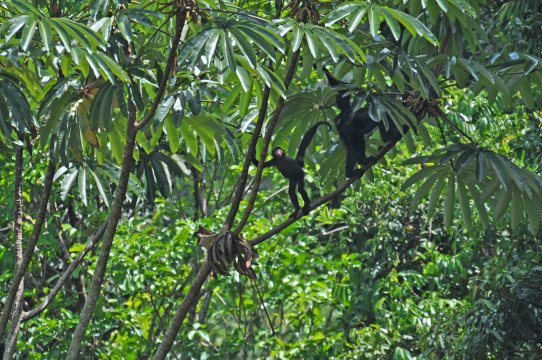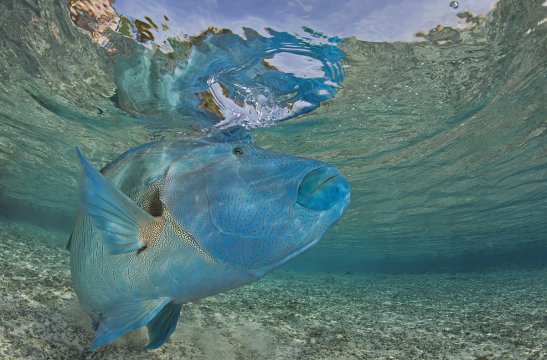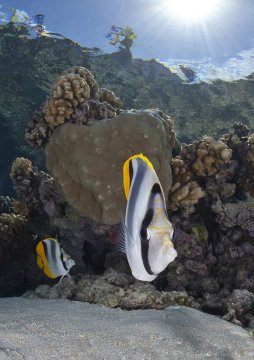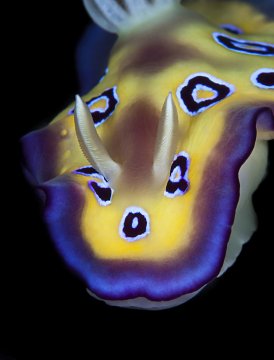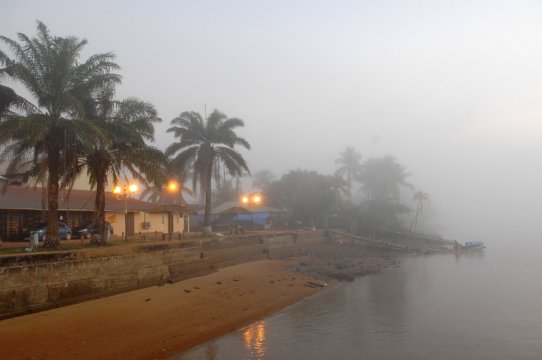Overview
CNRS research in the French overseas territories involves highly varied disciplines ranging from ecology, life sciences, earth sciences, physics and chemistry to the humanities and social sciences. It is transversal and interdisciplinary research which is both fundamental and applied in nature and involves a large community of researchers, academics, engineers and technicians.
The very location of these overseas territories makes them an ideal site for environmental studies especially research into modifications caused by climate change.
This exhibition presents the work of researchers from CNRS laboratories in French overseas territories - French Guiana, French Polynesia, the French West Indies, New Caledonia, French Antarctic and Sub-Antarctic Islands, the Scattered Islands in the Indian Ocean and Reunion Island.
Laboratory(s)
CNRS Institute(s)
Panel(s)
Regional office(s)
Production year
2012
Version(s)
Editorial and graphic design and production
Graphic design, technical implementation: Sarah Landel
Exhibition panels description
Description of digital format
Booking information
The exhibitions can be complemented by a selection of films recommended by our scientific mediation officer.
